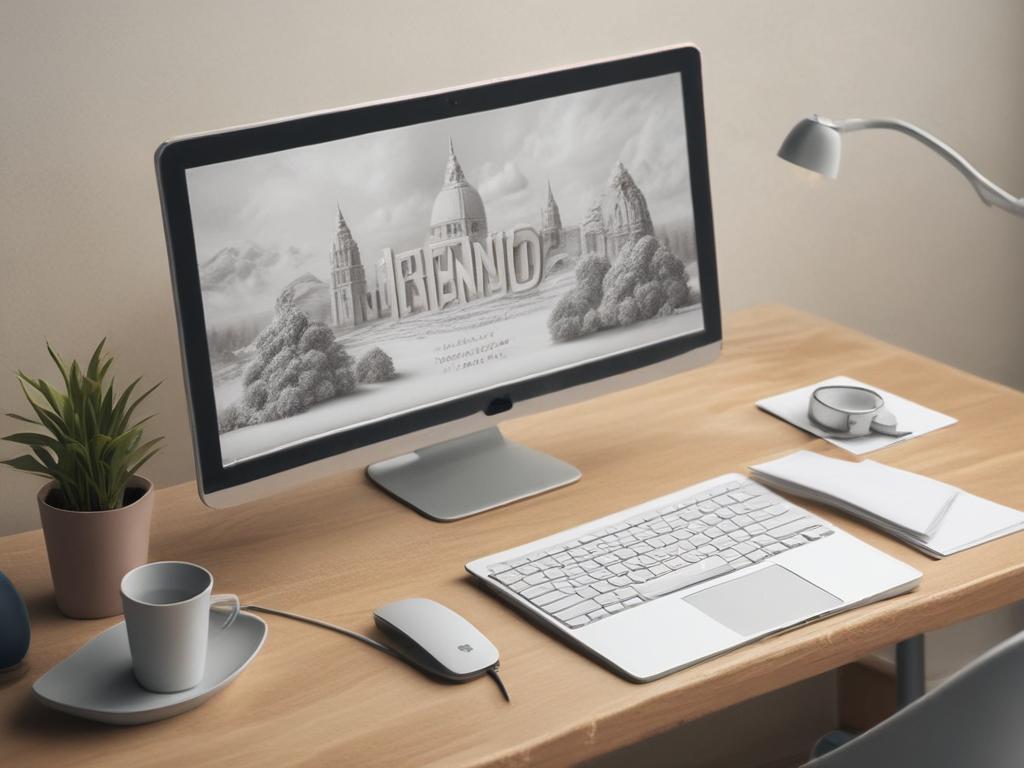Website designed with the B12 website builder. Create your own website today.
Start for free
Have you ever wondered how learning models like Design Thinking, ADDIE, and SAM can enhance your learning experience? In today’s rapidly evolving educational landscape, traditional learning methods often fall short in addressing the diverse needs of learners. That’s where blended learning comes into play, combining the best of in-person and online education. By integrating methodologies such as Design Thinking, ADDIE, and SAM, educators can create dynamic and engaging learning experiences that foster deeper understanding and retention.
In this blog post, we will delve into the distinctive processes and philosophies behind these three powerful models. We'll explore how Design Thinking emphasizes empathy and creativity in addressing learners' needs, while the ADDIE model provides a structured approach to course development and evaluation. Meanwhile, the SAM model champions agility and collaboration, allowing for iterative improvements throughout the learning journey. Together, these frameworks cultivate an enriching blended learning environment that not only promotes learner engagement but also drives meaningful, real-world outcomes. Join us as we unravel the synergy of these innovative methodologies and their impact on enhancing educational experiences.
Understanding blended learning: The synergy of design thinking, ADDIE, and SAM
Blended learning combines traditional face-to-face education with online and digital tools, creating a flexible and dynamic learning environment. This approach harnesses the strengths of various instructional design models, such as Design Thinking (DT), ADDIE, and the Successive Approximation Model (SAM). Each of these frameworks contributes unique processes that enhance the overall learning experience, ensuring that it is both engaging and effective. By integrating these methodologies, educators can create tailored solutions that address diverse learner needs, promote active participation, and foster deeper understanding.
Design Thinking encourages empathy by focusing on learners and their distinct challenges, which is crucial during the early stages of course development. ADDIE provides a structured process that guides the design of learning experiences, ensuring clear objectives and measurable outcomes. Meanwhile, SAM promotes an iterative approach that values feedback and adaptability. By blending these models, educators can create a rich tapestry of learning opportunities that maximize engagement and foster a culture of continuous improvement.
Exploring the processes: Needs assessment, ideation, and agile implementation
The first step in blending learning effectively lies in a thorough needs assessment. Utilizing the ADDIE model, instructional designers identify gaps and requirements by collecting data from various stakeholders. This phase establishes a baseline to define learning objectives and desired outcomes clearly. Conversely, the SAM model begins with a savvy start, where stakeholder input is welcomed to frame contingencies and establish clear expectations. This initial exploration is crucial; it ensures that the course resonates with learners’ needs, laying the foundation for a successful blended learning experience.
Once the groundwork is established, the focus shifts to ideation and agile implementation. Design Thinking promotes collaborative brainstorming sessions to generate creative solutions, enabling educators to prototype low-fidelity concepts that can be tested and refined based on learner feedback. This iterative design approach aligns with SAM’s emphasis on continuous development, allowing course content, activities, and assessments to evolve dynamically. Finally, as the blended learning course is implemented, continuous evaluation gathers insights from learners, enabling teams to measure the effectiveness of the training against established objectives, further refining the learning experience. Together, these processes enrich the blended learning landscape, ensuring a responsive and impactful educational journey for all.
Cultivating a culture of innovation: Ongoing evaluation and improvement in blended learning
Establishing a culture of innovation is essential for the success of blended learning programs. By adopting design thinking principles, organizations create an environment that actively encourages experimentation and fosters creativity among educators and learners alike. This approach empowers teams to generate fresh ideas and collaboratively explore creative solutions while keeping learners' needs at the forefront. Regular brainstorming sessions and workshops can promote open dialogue, ensuring that innovative ideas are continuously integrated into the learning experience. As a result, organizations not only adapt to changing learning needs but also drive engagement and satisfaction among students.
The iterative nature of both the SAM and ADDIE models further enhances this culture of ongoing evaluation and improvement. SAM's agile framework emphasizes continuous feedback through phases of design and development, enabling teams to make necessary adjustments in real time. This adaptability ensures that the training content remains relevant and effective. Similarly, the ADDIE model reinforces a cycle of assessment and reflection, allowing organizations to evaluate the impact of their learning interventions systematically. By utilizing insights gained from learner feedback and performance data, educators can refine existing courses and develop new offerings. This commitment to ongoing improvement ultimately creates transformative learning experiences that lead to lasting impact and success.